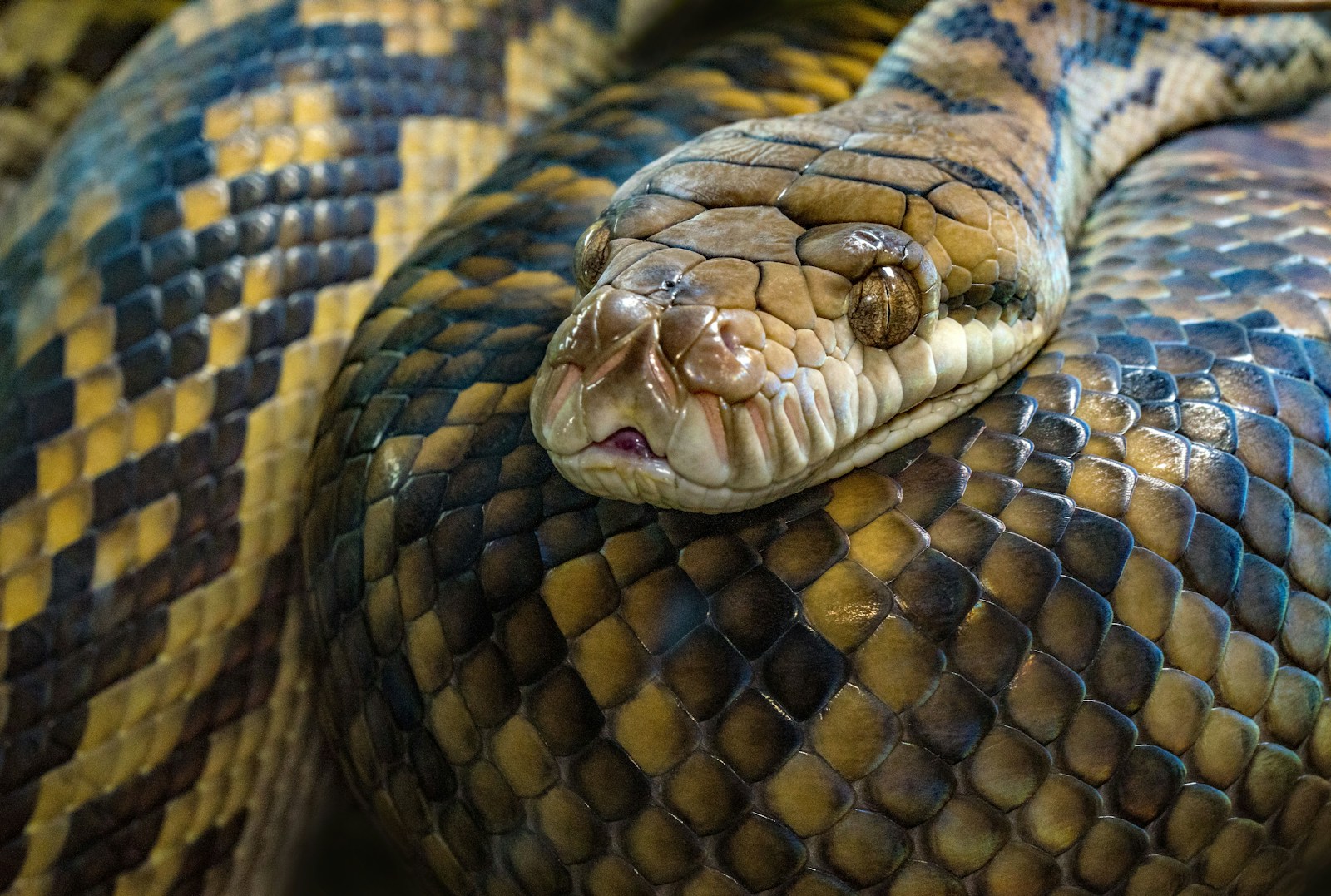In the reptile world, survival often means employing creative defense mechanisms against predators. While many animals have developed impressive defensive adaptations, few can match the theatrical performance of one particular snake species that has perfected the art of feigning death. The eastern hognose snake (Heterodon platirhinos) takes “playing possum” to an extraordinary level, creating a dramatic death scene worthy of a Hollywood award. This remarkable reptile can remain motionless for hours, convincing potential threats that it’s no longer worth their attention. Let’s explore this fascinating behavior and the snake behind this exceptional performance.
Meet the Eastern Hognose Snake
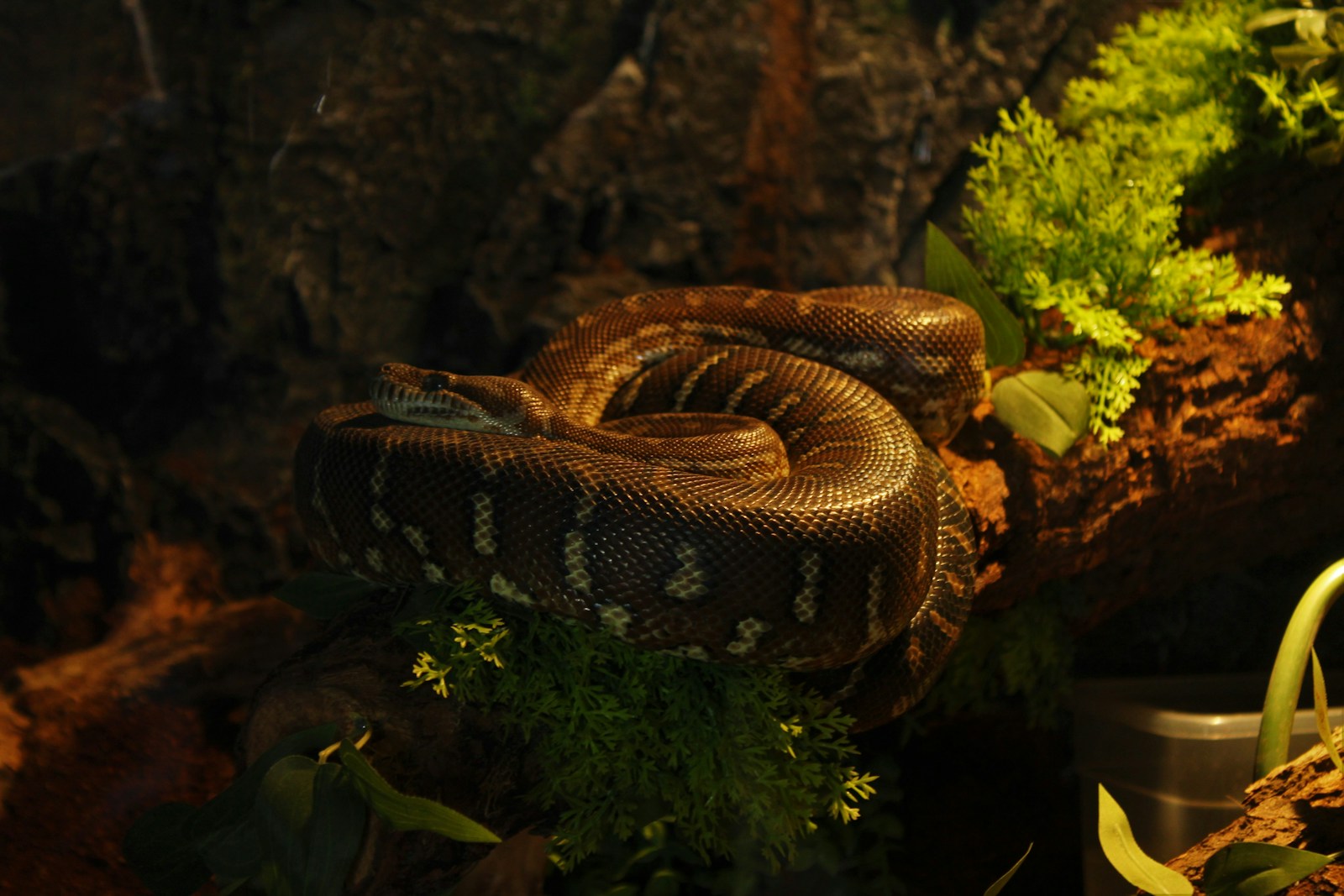
The eastern hognose snake is a medium-sized, thick-bodied snake native to eastern North America, ranging from southern Canada to Florida and west to Minnesota and Texas. Growing to lengths between 20-33 inches (50-84 cm), these snakes display remarkable color variability, appearing in shades of yellow, orange, brown, gray, or olive, often with dark blotches or patterns. Their most distinctive physical feature is the upturned snout that resembles a pig’s nose, which gives them their common name “hognose” and aids in digging through soil and sand. Despite their somewhat intimidating appearance to the uninitiated, eastern hognose snakes are generally harmless to humans, possessing only mild venom delivered through rear fangs primarily used for subduing their preferred prey: toads.
The Death-Feigning Performance
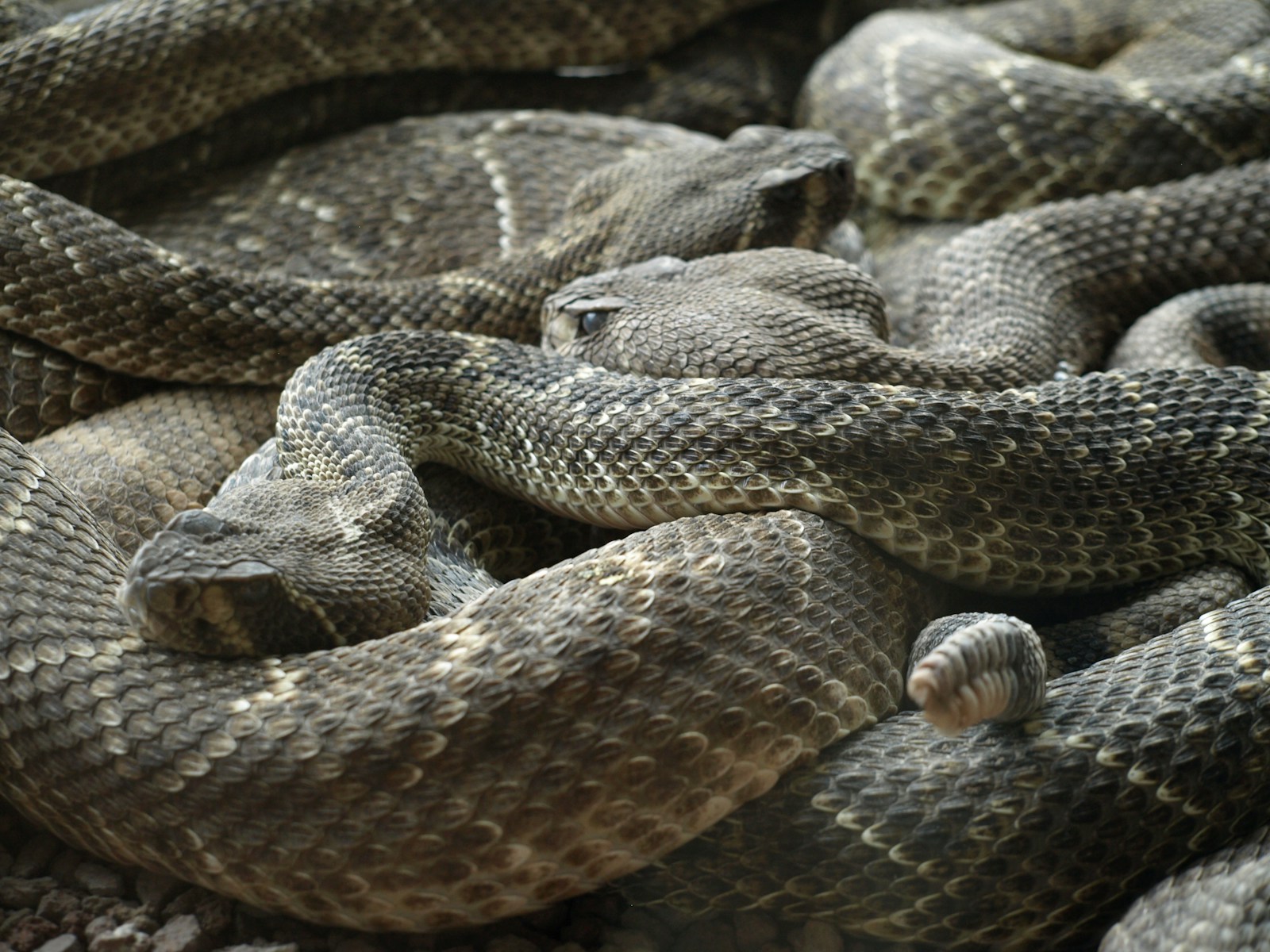
When threatened, the eastern hognose snake engages in one of nature’s most dramatic defensive displays. If its initial intimidation tactics fail, the snake will flip onto its back, open its mouth, let its tongue hang out limply, and release a foul-smelling musk from its cloaca while simultaneously defecating. The snake then goes completely limp, appearing convincingly deceased to potential predators. This elaborate death-feigning behavior, scientifically known as thanatosis, can last for minutes or even hours depending on the perceived threat level. What makes this performance particularly convincing is the snake’s commitment to the role—if turned right-side up during this display, the dedicated performer will immediately flip back onto its back, seemingly understanding that dead snakes don’t lie belly-down.
The Science Behind Thanatosis
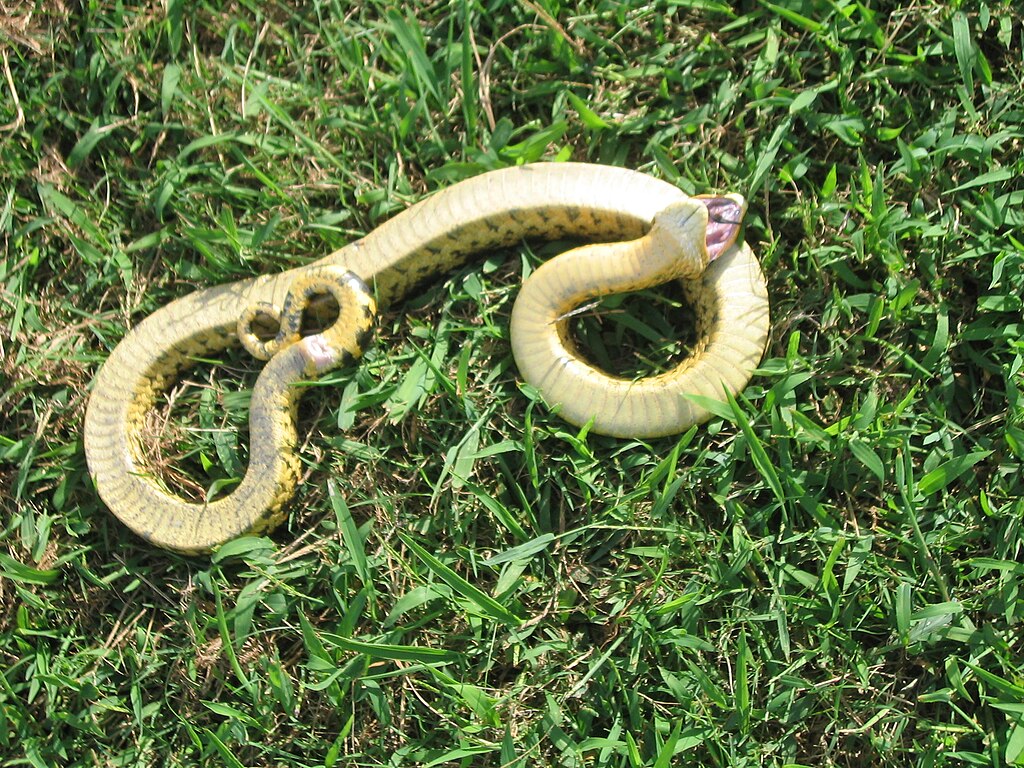
Thanatosis, or death-feigning, is an adaptive behavior that has evolved independently in various animal species as an anti-predator strategy. This behavior operates on the principle that many predators prefer live prey and will lose interest in an apparently dead animal. For the eastern hognose snake, this response appears to be largely involuntary—a physiological reaction triggered by extreme stress that causes a temporary paralysis-like state. During thanatosis, the snake’s heart rate drops significantly, and breathing becomes nearly imperceptible, making the performance even more convincing. Research suggests this behavior is regulated by the parasympathetic nervous system, similar to the mammalian “freeze” response in the fight-flight-freeze spectrum of reactions to danger.
The Theatrical Buildup

Before resorting to playing dead, the eastern hognose snake employs a series of escalating defensive behaviors that make its entire defense strategy a multi-act performance. When initially threatened, the snake will often flatten its neck and head like a cobra, hissing loudly and striking repeatedly—though usually with a closed mouth. This cobra-like display has earned it nicknames such as “puff adder” or “spreading adder” in some regions. If this intimidation fails to deter the threat, the snake may engage in erratic movements, writhing dramatically with open-mouthed strikes. Only when these primary defense mechanisms prove ineffective does the snake resort to its famous death-feigning act, making the entire sequence a fascinating example of tiered defensive behavior in reptiles.
Duration of the Death Act

One of the most impressive aspects of the eastern hognose snake’s death-feigning behavior is its duration. While some snakes might briefly play dead before seeking escape, the eastern hognose commits to its performance with remarkable dedication. Documented cases have shown these snakes remaining in their death pose for anywhere from 30 minutes to over two hours, depending on the perceived threat level and environmental conditions. The snake seems to possess an internal timing mechanism that determines when it’s safe to “resurrect.” Interestingly, the revival process is equally theatrical—the snake will slowly flick its tongue to test its surroundings, then gradually right itself and slither away when convinced the coast is clear.
Evolutionary Advantages

The eastern hognose snake’s death-feigning behavior represents a fascinating example of evolutionary adaptation. This strategy likely evolved because it proved more effective than fleeing or fighting against certain predators that specifically target this species. Birds of prey, larger snakes, and mammals like raccoons and foxes often lose interest in prey that appears dead, particularly when accompanied by the foul odor the hognose releases during its performance. The behavior’s persistence in the species suggests it confers significant survival advantages despite its seemingly vulnerable nature. Evolutionary biologists point to the hognose as a classic example of how elaborate behavioral adaptations can develop when they provide even a modest increase in survival probability across generations.
Regional Variations in the Performance
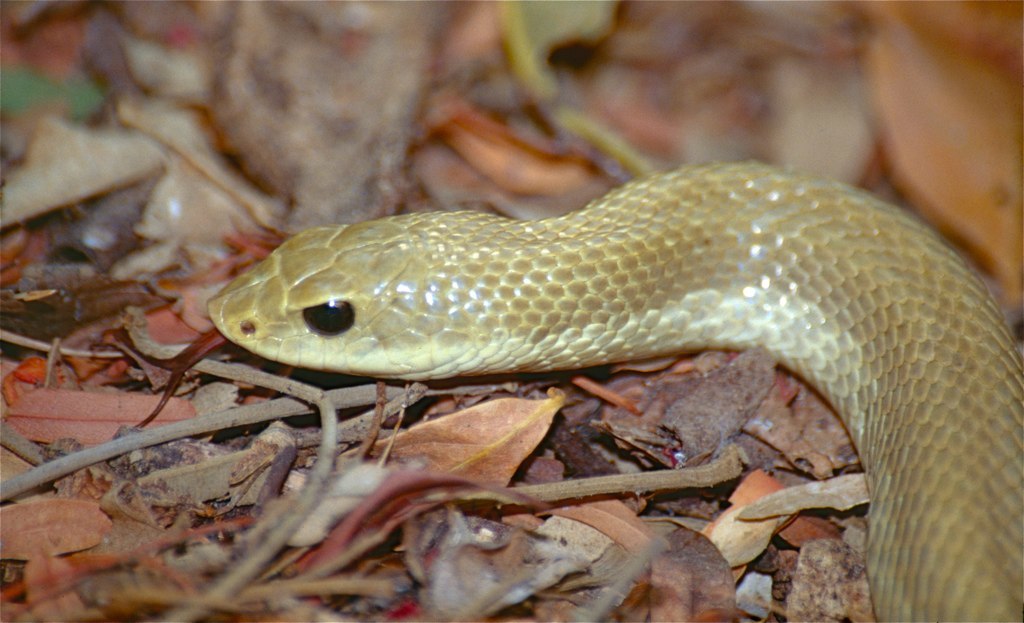
Interestingly, researchers have documented regional variations in the death-feigning behavior of eastern hognose snakes, suggesting possible local adaptations to different predator communities. Populations in the southern portions of their range tend to resort to death-feigning more quickly and maintain the pose for longer periods compared to their northern counterparts. Some herpetologists hypothesize this variation may correlate with higher predator diversity and activity in warmer climates. Additionally, individual snakes appear to have different thresholds for triggering this behavior, with some individuals consistently more “theatrical” than others when faced with similar threats. These variations hint at the complex interplay between genetics, environment, and individual temperament in shaping defensive behaviors.
Other Hognose Species and Their Behaviors

While the eastern hognose snake is the most renowned death-feigner, other members of the Heterodon genus also exhibit similar behaviors to varying degrees. The western hognose snake (Heterodon nasicus) and southern hognose snake (Heterodon simus) both display death-feigning capabilities, though generally with less dramatic flair than their eastern cousin. The Mexican hognose snake (Heterodon kennerlyi) also exhibits this behavior but typically for shorter durations. Comparative studies of these closely related species provide evolutionary biologists with valuable insights into how specialized behaviors develop and diverge across related taxa. These differences in behavioral intensity suggest that varying predation pressures across different geographic ranges have shaped each species’ defensive repertoire.
Mistaken Identity and Human Interactions

The eastern hognose snake’s dramatic defensive display often leads to unfortunate human misunderstandings. When flattening its neck and hissing, the snake is frequently mistaken for venomous species like copperheads or cottonmouths, leading to unnecessary killings. Despite its intimidating performance, the hognose is remarkably gentle when handled and rarely bites even when provoked. Their mild venom, delivered through small rear fangs, poses little risk to humans beyond possible mild swelling or allergic reactions in particularly sensitive individuals. Conservation efforts increasingly focus on public education about this harmless performer, emphasizing that its theatrical displays are bluffs rather than indications of danger, and highlighting the valuable role these snakes play in controlling toad populations in their ecosystems.
Hognose Snakes in Captivity
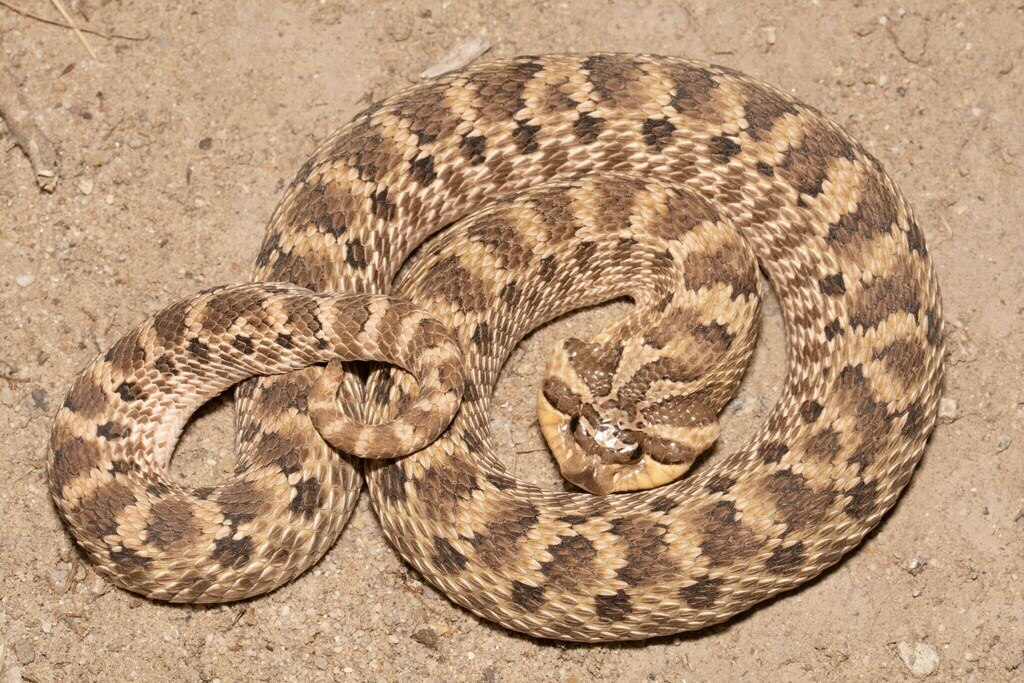
The eastern hognose snake’s unique behaviors have made it popular among reptile enthusiasts, though their specialized diet can present challenges in captivity. Captive hognose snakes will still perform their death-feigning behavior when stressed, though many individuals become habituated to gentle handling over time. Responsible keepers create environments that minimize unnecessary stress triggers, allowing the animals to express natural behaviors without frequent defensive responses. Interestingly, captive-bred hognose snakes sometimes display less pronounced death-feigning behaviors than their wild counterparts, suggesting some behavioral plasticity based on early life experiences. This observation has sparked research interest in the relative contributions of genetics versus learning in the development of this complex behavior.
Conservation Status and Threats
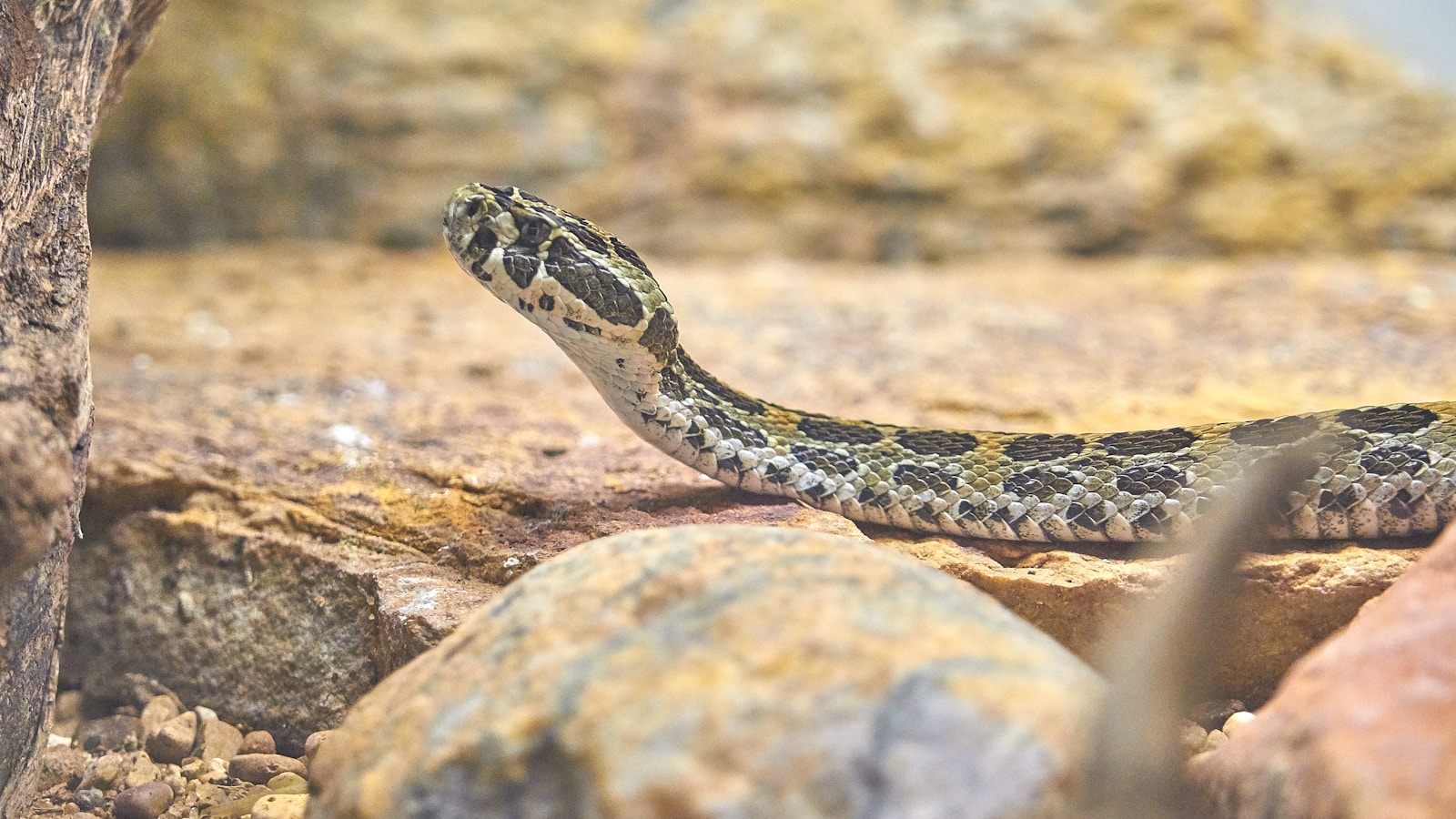
Despite their impressive defensive adaptations, eastern hognose snake populations face numerous challenges in the modern world. Habitat loss through urbanization and agricultural expansion has significantly reduced their available range in many areas. Road mortality presents another major threat, as these slow-moving snakes often fall victim to vehicles while crossing roads, particularly during breeding season migrations. Additionally, their specialized diet of toads makes them vulnerable to declines in amphibian populations due to pollution, habitat degradation, and disease. While not currently listed as endangered throughout their entire range, certain state-level wildlife agencies have designated the eastern hognose as a species of special concern, highlighting the need for targeted conservation efforts to protect these remarkable reptiles and their theatrical performances for future generations.
Similar Behaviors in Other Animals

The eastern hognose snake’s death-feigning behavior, while particularly dramatic, is not unique in the animal kingdom. Virginia opossums are perhaps the most famous death-feigners, entering an involuntary catatonic state when threatened that can last for hours—the origin of the phrase “playing possum.” Certain beetle species, like the Eastern Hercules beetle, will also go completely limp when disturbed. Among reptiles, several other snake species display simplified versions of this behavior, including certain garter snakes and some water snakes. Even some amphibians, like the fire-bellied toad, will flip onto their backs displaying their brightly colored bellies while playing dead. These parallels across widely divergent animal groups demonstrate convergent evolution—where similar selective pressures lead to the independent development of comparable adaptive strategies across unrelated species.
Conclusion: Nature’s Perfect Performer
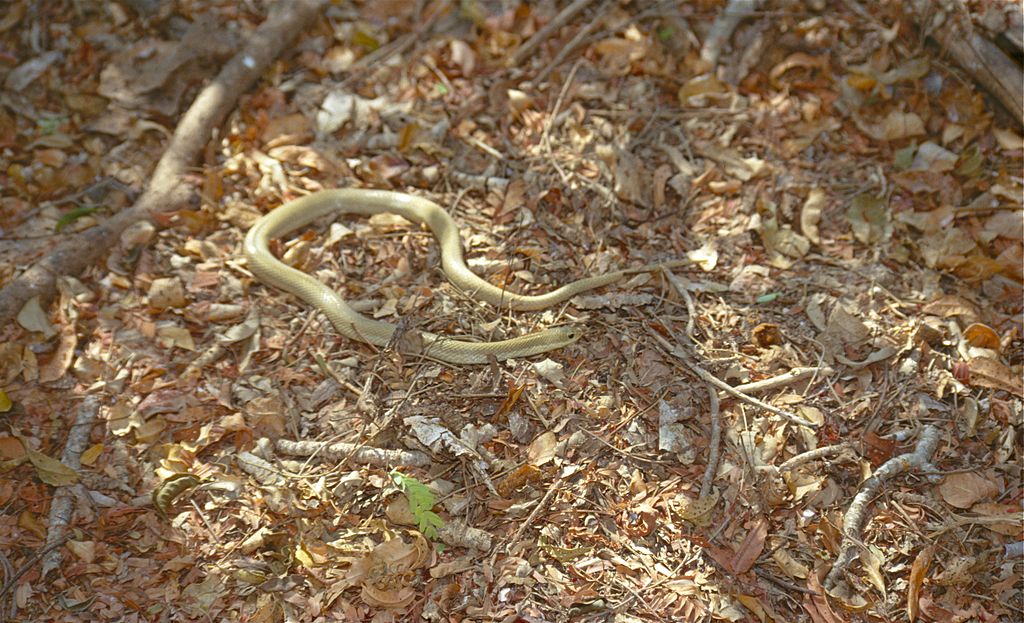
The eastern hognose snake’s remarkable ability to feign death represents one of nature’s most fascinating examples of behavioral adaptation for survival. From its dramatic cobra-like displays to its oscar-worthy death scene complete with physical contortions and chemical effects, this snake has evolved a multi-layered defensive strategy that has served its species well through evolutionary time. While many animals have basic defensive mechanisms, the eastern hognose’s commitment to its performance—sometimes maintaining the illusion for hours—showcases the incredible sophistication that can emerge through natural selection. As we continue to study these remarkable reptiles, they remind us that in nature’s great theater of survival, sometimes the best defense isn’t fighting or fleeing, but rather giving the performance of a lifetime.

